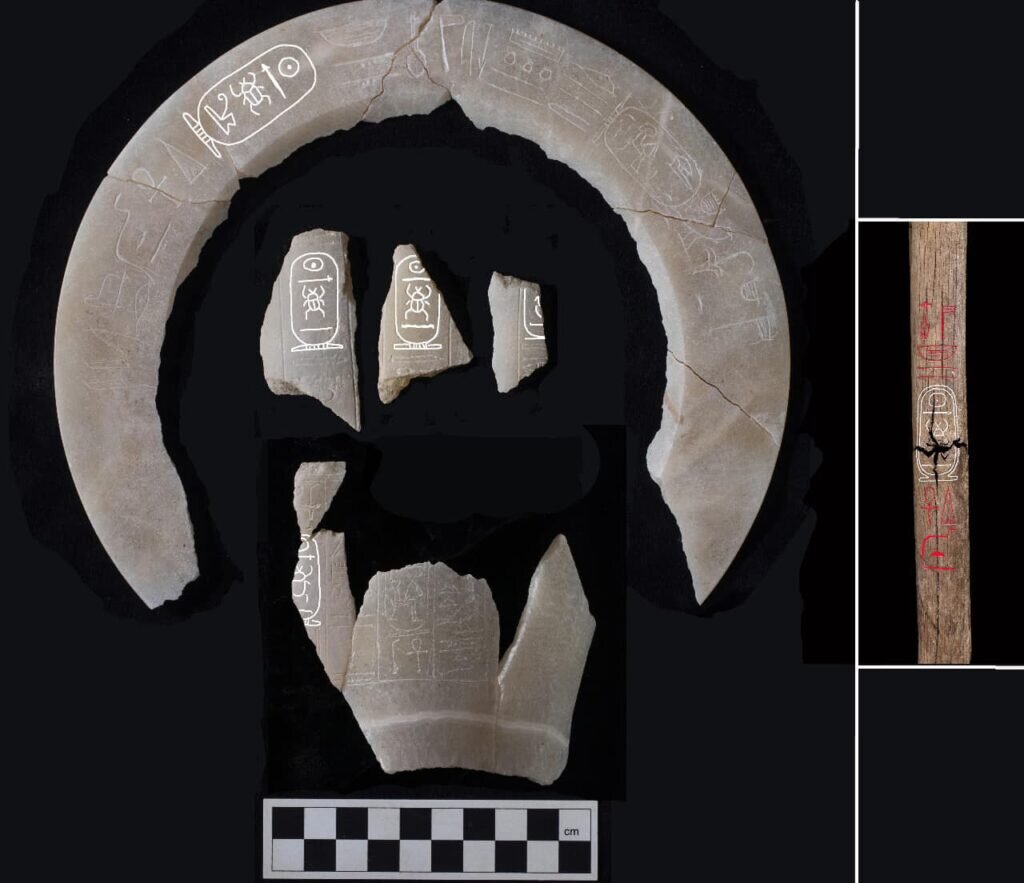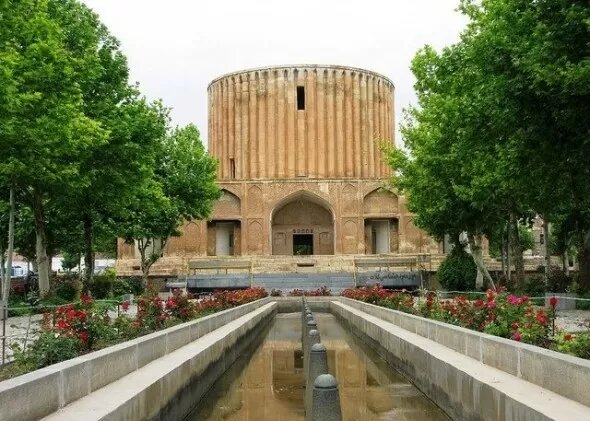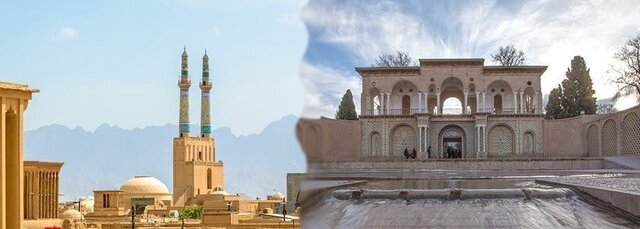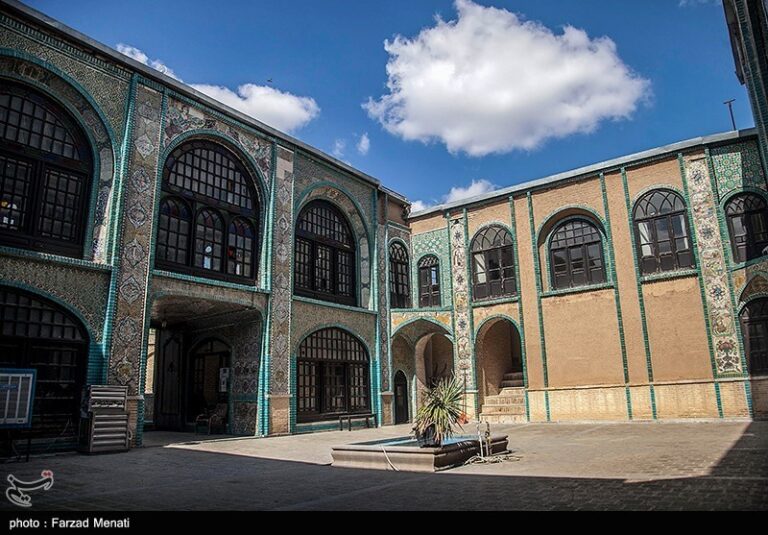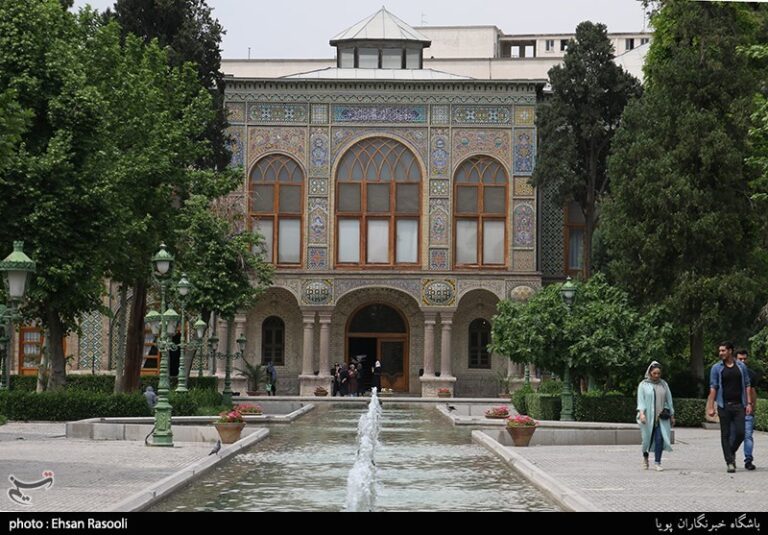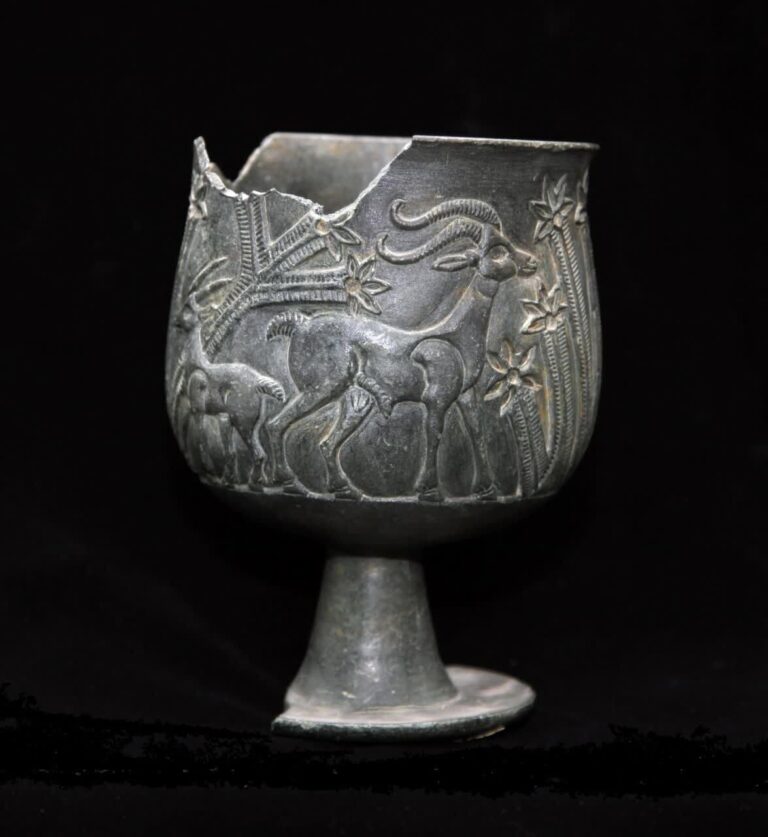Groundbreaking Discovery: First Ancient Egyptian Pharaoh’s Tomb Uncovered in a Century!
The recent discovery of the tomb of Thutmose II, a significant figure in ancient Egyptian history, has captivated archaeologists and historians alike. This tomb, located west of the Valley of the Kings, marks the first finding of a pharaoh’s burial site since the famed discovery of King Tutankhamun’s tomb in 1922. According to the Egyptian Ministry of Tourism and Antiquities, this remarkable find sheds light on a long-lost era of Egyptian royalty.
Thutmose II ruled Egypt approximately 3,500 years ago and was married to Queen Hatshepsut. However, unlike the opulent burial of King Tut, the newly discovered tomb remains mostly empty, with no body present. Archaeologists have concluded that the tomb was flooded shortly after Thutmose II’s burial, leading to the relocation of grave goods.
In a statement, Piers Litherland, an Egyptologist from the University of Cambridge and co-leader of the excavation team, shared insights into this fascinating discovery. He emphasized that:
“The entire contents of the tomb had been removed. The tomb was not robbed. The burial was taken out in its entirety.”
Here are some key details about the discovery of Thutmose II’s tomb:
- Initial Discovery: Archaeologists first identified the tomb in October 2022.
- Identification: The burial site was confirmed as belonging to Thutmose II during the late 2024 and early 2025 excavation season, following the analysis of pottery inscribed with his name.
- Pottery Significance: One pottery piece contained natron, a substance used in embalming, indicating that a burial had indeed taken place.
- Tomb Dimensions: The tomb measures approximately 95.1 feet (29 meters) in length, with a burial chamber measuring 17.4 by 17.1 by 11.2 feet (5.3 by 5.2 by 3.4 meters).
- Possible Second Tomb: Litherland suggested there may be another undiscovered tomb where the burial objects were relocated after the flood.
Interestingly, a mummy reburied at Deir el-Bahari—a site near the discovered tomb—has been identified by some Egyptologists as potentially belonging to Thutmose II. However, there is speculation about the age of this mummy at the time of death, which may have been around 40 years, suggesting that both his mummy and the possible second tomb might still be undiscovered.
Information about Thutmose II’s reign remains limited, leading to various interpretations. The National Museum of Egyptian Civilization notes that the duration of his rule is debatable, with estimates indicating it could have been less than five years. However, some scholars, including those at the Metropolitan Museum of Art in New York City, suggest that his reign lasted longer, from around 1492 to 1479 B.C.
During his time as pharaoh, Thutmose II is noted for several military campaigns, including:
- Quelling an uprising in Nubia, which was a region controlled by Egypt at that time.
- Leading military expeditions in the eastern Mediterranean, reaching as far as modern-day Syria.
Thutmose II is perhaps most renowned for his marriage to his half-sister, Hatshepsut. Following his death, Hatshepsut ascended to the throne, becoming one of the few female pharaohs in ancient Egyptian history, known for her remarkable reign and monumental building projects.
This discovery of Thutmose II’s tomb not only enriches our understanding of ancient Egyptian history but also raises numerous questions about the practices surrounding burial and the lives of these powerful figures. As excavations continue, archaeologists hope to uncover more treasures and insights that can illuminate the fascinating world of ancient Egypt.
In conclusion, the revelation of Thutmose II’s tomb offers a unique glimpse into a pivotal period of Egyptian history, highlighting the enduring legacy of its pharaohs and their significant impact on the region’s culture and governance.
